
Art Nouveau is an international style of art, architecture, and applied art, especially the decorative arts, known in different languages by different names: Jugendstil in German, Stile Liberty in Italian, Modernisme català in Catalan, etc. In English it is also known as the Modern Style. The style was most popular between 1890 and 1910 during the Belle Époque period that ended with the start of World War I in 1914. It was a reaction against the academic art, eclecticism and historicism of 19th century architecture and decoration. It was often inspired by natural forms such as the sinuous curves of plants and flowers. Other characteristics of Art Nouveau were a sense of dynamism and movement, often given by asymmetry or whiplash lines, and the use of modern materials, particularly iron, glass, ceramics and later concrete, to create unusual forms and larger open spaces.
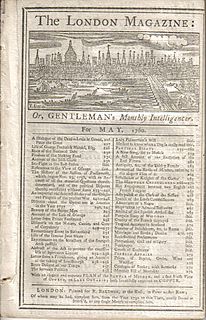
The London Magazine is a publication of arts, literature and miscellaneous interests. Its history ranges across nearly three centuries and several reincarnations, publishing writers including William Wordsworth, William S. Burroughs, Winston Churchill and John Keats.

The Architectural Review is a monthly international architectural magazine. It has been published in London since 1896. Its articles cover the built environment – which includes landscape, building design, interior design and urbanism – as well as theory of these subjects.

Harold Edward Hughes Nelson, usually known simply as Harold Nelson, was an artist, illustrator, designer of bookplates, advertisements and postage stamps, copper etcher and engraver, and lecturer. He signed his works with the initials N. or H.N.
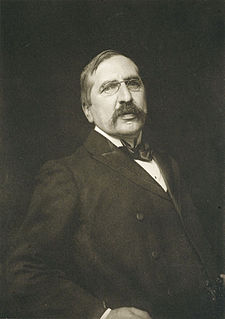
Joseph William Gleeson White (1851–1898), often known as Gleeson White, was an English writer on art.
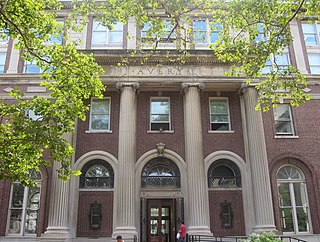
The Avery Architectural and Fine Arts Library is a library located in Avery Hall on the Morningside Heights campus of Columbia University in the New York City. It is the largest architecture library in the world. Serving Columbia's Graduate School of Architecture, Planning and Preservation and the Department of Art History and Archaeology, Avery Library collects books and periodicals in architecture, historic preservation, art history, painting, sculpting, graphic arts, decorative arts, city planning, real estate, and archaeology, as well as archival materials primarily documenting 19th- and 20th-century American architects and architecture. The architectural, fine arts, and archival collections are non-circulating. The Ware Collection, mainly books on urban planning and real estate development, does circulate.

Giovanni "Gio" Ponti was an Italian architect, industrial designer, furniture designer, artist, teacher, writer and publisher.
Push Pin Studios is a graphic design and illustration studio founded by the influential graphic designers and Milton Glaser and Seymour Chwast in New York City in 1954. The firm's work, and distinctive illustration style, featuring "bulgy" three-dimensional "interpretations of historical styles ,"made their mark by departing from what the firm refers to as the "numbing rigidity of modernism, and the rote sentimental realism of commercial illustration." Eye magazine contextualized the results in a 1995 article for their "Reputations" column:
In an era dominated by Swiss rationalism, the Push Pin style celebrated the eclectic and eccentric design of the passé past while it introduced a distinctly contemporary design vocabulary, with a wide range of work that included record sleeves, books, posters, corporate logotypes, font design and magazine formats.
Arts & Architecture (1929–1967) was an American design, architecture, landscape, and arts magazine. It was published and edited by John Entenza from 1938–1962 and David Travers 1962–1967. Arts & Architecture played a significant role both in Los Angeles's cultural history and in the development of West Coast modernism in general. The magazine's significant cultural contributions include its sponsorship of the Case Study Houses design-build-publication program.
Domus is an architecture and design magazine founded in 1928 by architect Gio Ponti and Barnabite father Giovanni Semeria. Published by Editoriale Domus, the magazine is issued 11 times a year on a monthly basis and has its headquarters in Rozzano, Milan.
The Modernist Journals Project (MJP) was created in 1995 at Brown University in order to create a database of digitized periodicals connected with the period loosely associated with modernism. The University of Tulsa joined in 2003. The MJP's website states:
The Modernist Journals Project is a multi-faceted project that aims to be a major resource for the study of modernism and its rise in the English-speaking world, with periodical literature as its central concern. The historical scope of the project has a chronological range of 1890 to 1922, and a geographical range that extends to wherever English language periodicals were published. With magazines at its core, the MJP also offers a range of genres that extends to the digital publication of books directly connected to modernist periodicals and other supporting materials for periodical study.
We end at 1922 for both intellectual and practical reasons. The practical reason is that copyright becomes an issue with publications from 1923 onward. The intellectual reason is that most scholars consider modernism to be fully fledged in 1922, a date marked by the publication of James Joyce's Ulysses, Virginia Woolf’s Jacob’s Room, and T. S. Eliot's The Waste Land. We believe the materials on the MJP website will show how essential magazines were to modernism's rise.
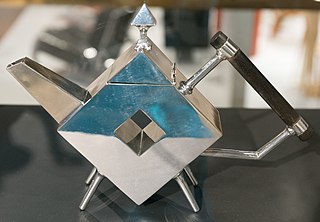
The Anglo-Japanese style developed in the United Kingdom though the Victorian period and early Edwardian period from approximately 1851 to the 1910s, when a new appreciation for Japanese design and culture influenced how designers and craftspeople made British art, especially the decorative arts and architecture of England, covering a vast array of art objects including ceramics, furniture and interior design. Important centres for design included London and Glasgow.

Talwin Morris was a prolific book designer and decorative artist working in the late 19th and early 20th centuries, particularly known for his Glasgow Style furniture, metalwork and book designs.
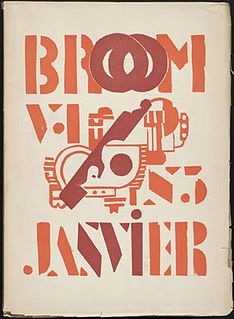
Broom: An International Magazine of the Arts was a little magazine founded by Harold Loeb and Alfred Kreymborg and published from November 1921 to January 1924. Initially, the magazine was printed in Europe, first in Rome and then in Berlin, with the intention of bringing new, avant-garde art back to the U.S.

Erwin Puchinger was a Viennese painter, illustrator, industrial designer and graphic artist. He was an influential figure in Viennese art in the fin-de-siecle. Puchinger was a part of the Austrian Jugendstil and Gesamtkunstwerk movements, which sought to erase the boundaries between fine art and applied art. Puchinger worked in London, Prague and Paris as well as Vienna and collaborated with other major figures in Viennese art and design such as Ernst and Gustav Klimt and Otto Prutscher. He was a respected art professor at the Graphic Arts Institute, where he taught for more than thirty years. His work was also part of the painting event in the art competition at the 1936 Summer Olympics.
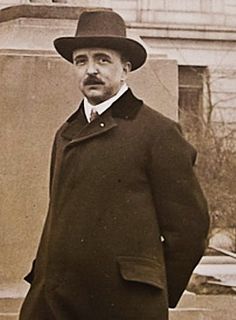
Vojtěch Preissig was a Czech typographer, printmaker, designer, illustrator, painter and teacher. He studied in Prague at the School of Applied Industrial Art from 1892 to 1896 and at the School of Decorative Architecture from 1897 to 1898.
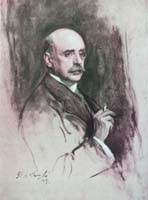
Charles Holme was an English journalist and art critic, founding editor of The Studio from 1893. He published a series of books promoting peasant art in the first decades of the 20th century.
Studio International is an international illustrated contemporary art magazine, formerly published in hard copy in London from 1964 until 1992, and electronically published since 2000. It incorporated an earlier magazine, The Studio: An Illustrated Magazine of Fine and Applied Art, and was sometimes titled Studio International, incorporating The Studio. Other issues are named Studio International: Journal of Modern Art. Six issues per year were published until July 1992, when regular physical publication ended. A single issue, volume 201 number 1022/23, appeared in 1993 for the centenary of The Studio.

William Morris (1834-1898), a founder of the British Arts and Crafts movement, sought to restore the prestige and methods of hand-made crafts, including textiles, in opposition to the 19th century tendency toward factory-produced textiles. With this goal in mind, he created his own workshop and designed dozens of patterns for hand-produced woven and printed cloth, upholstery, and other textiles.
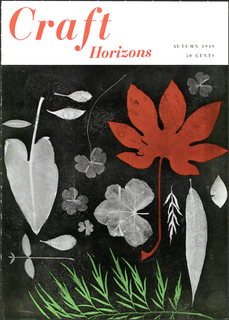
Craft Horizons is a periodical magazine that documents and exhibits crafts, craft artists, and other facets of the field of American craft. The magazine was founded by Aileen Osborn Webb and published from 1941 to 1979. It included editorials, features, technical information, letters from readers, and photographs of craft artists, their tools, and their works. The magazine both "documented and shaped" the changing history of the American craft movement. It was succeeded by American Craft in 1979.


















